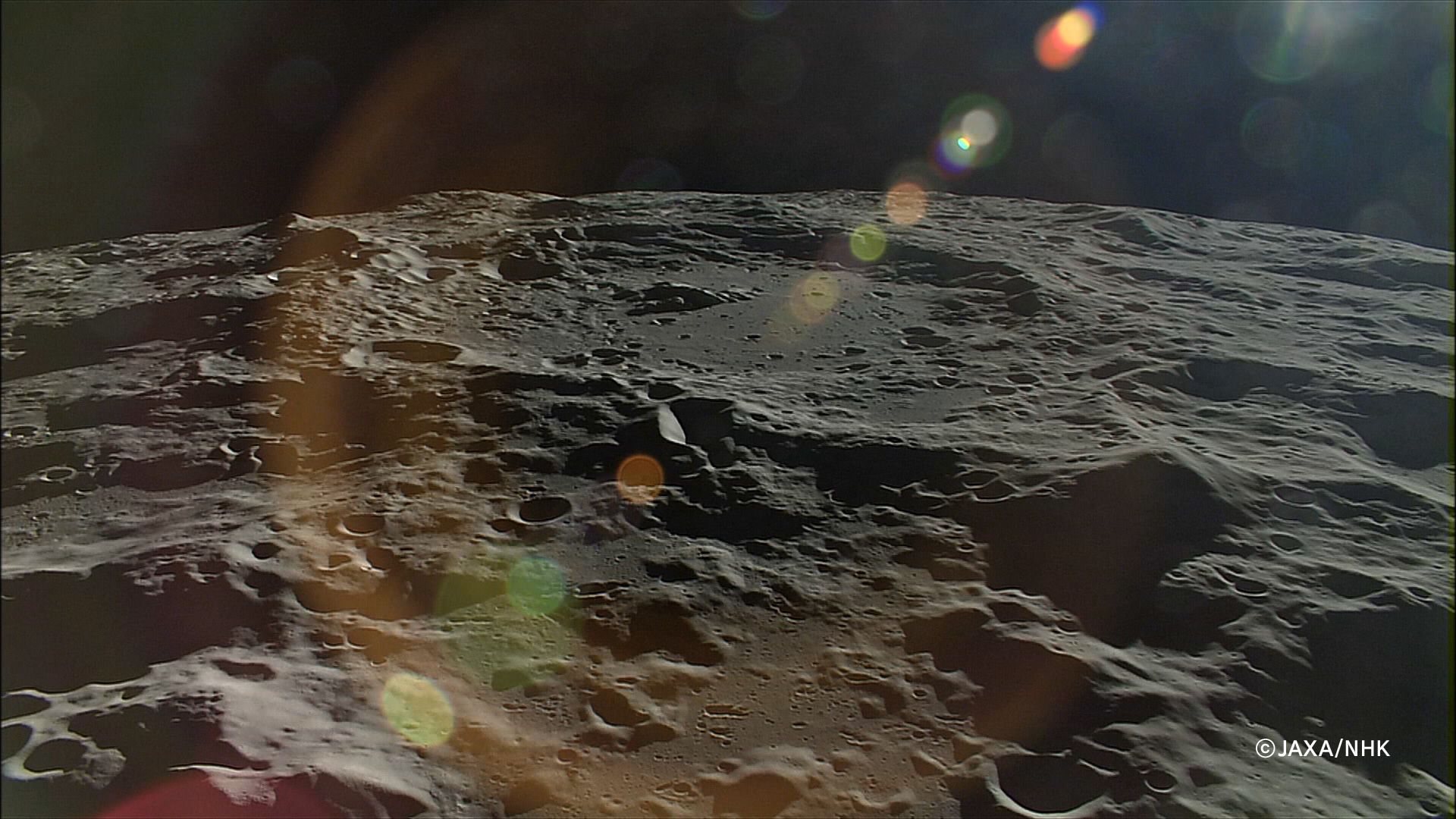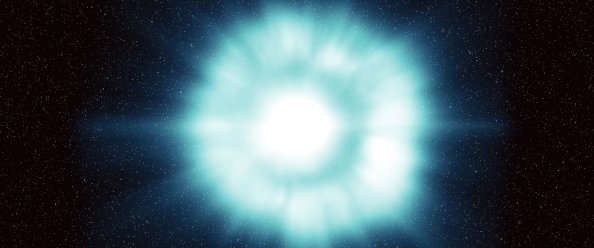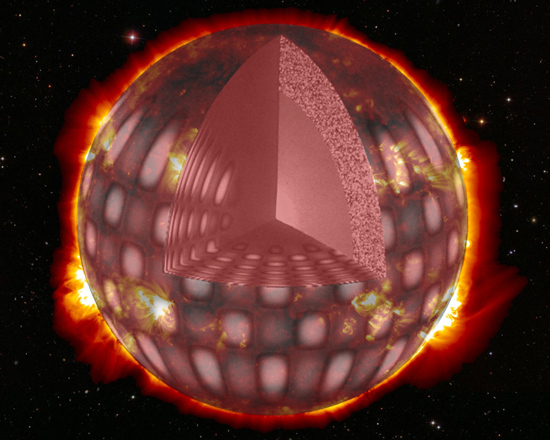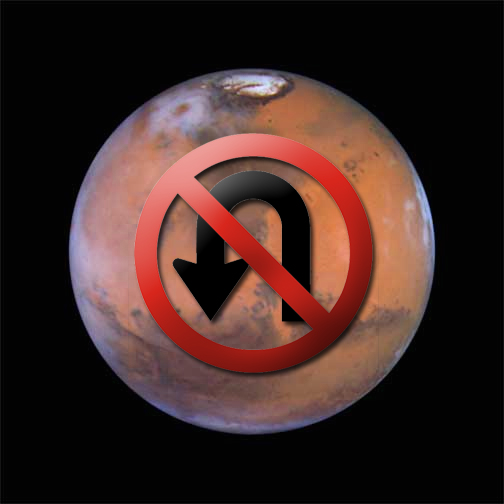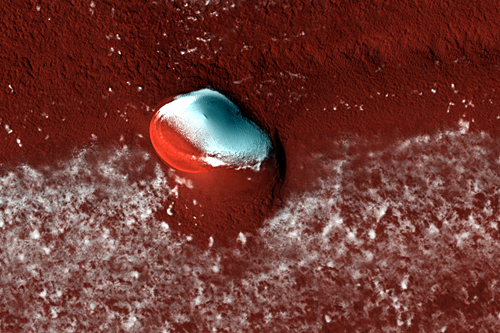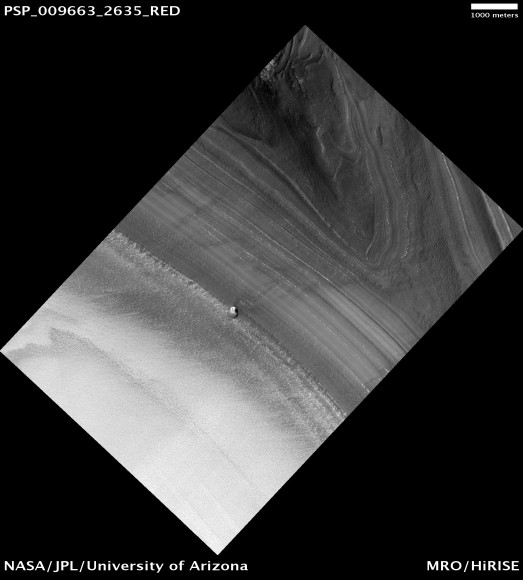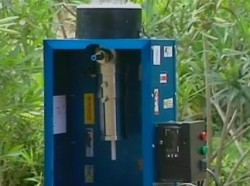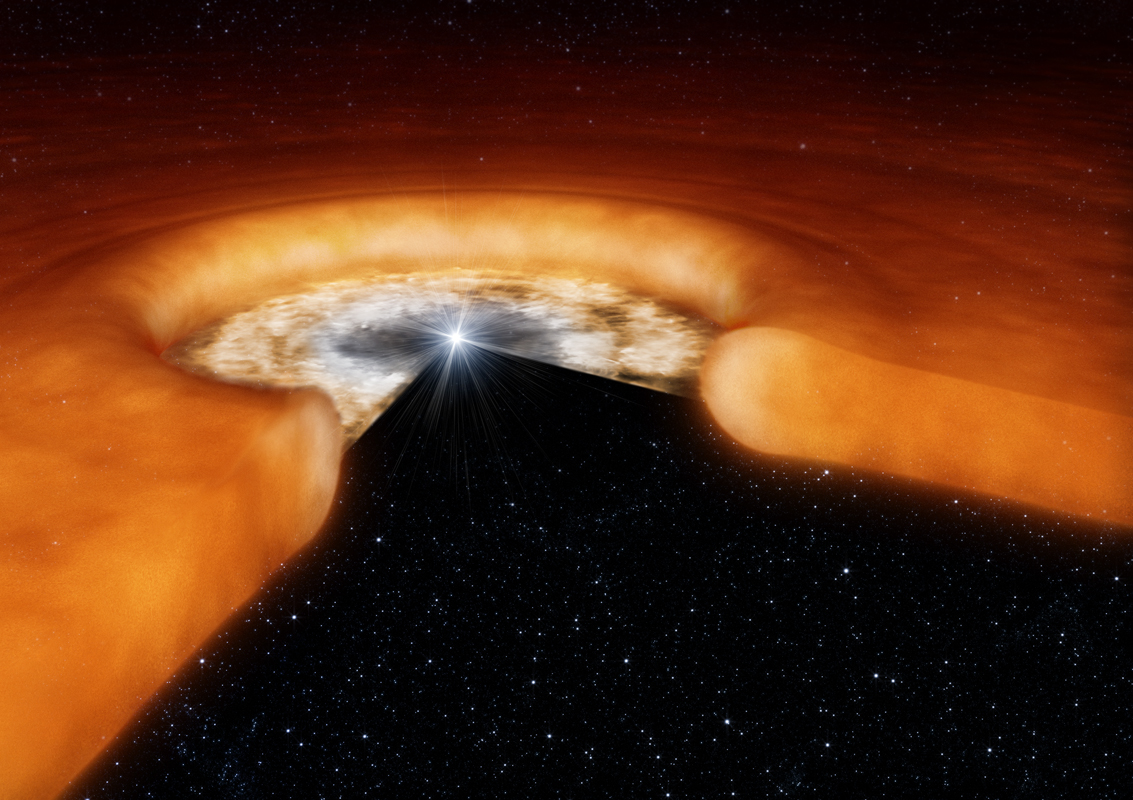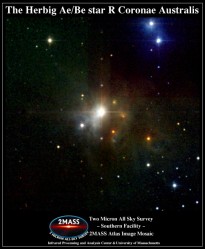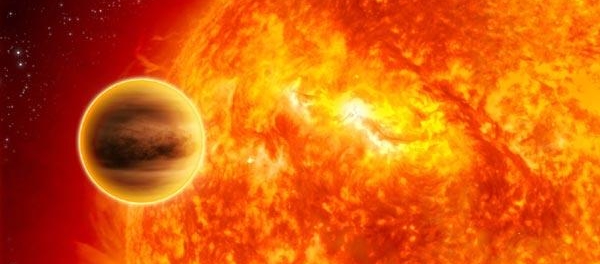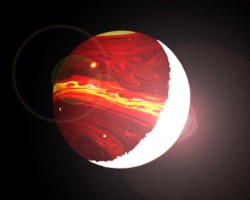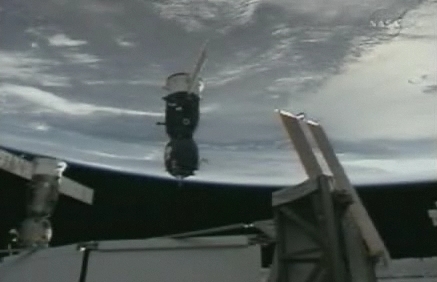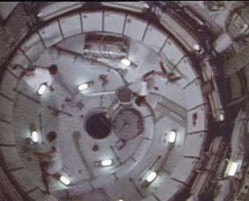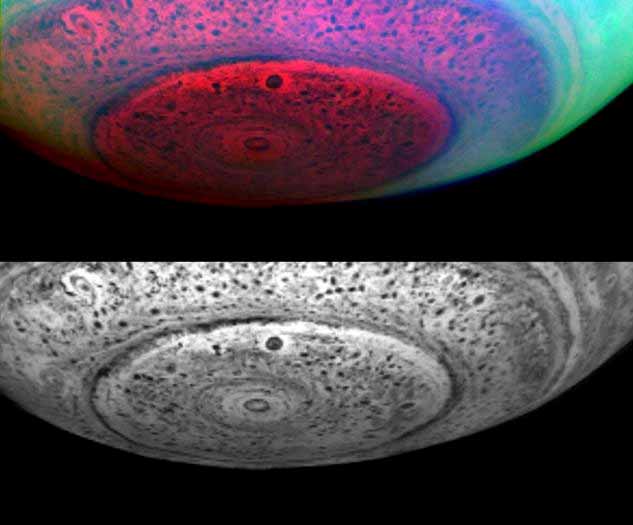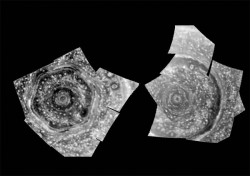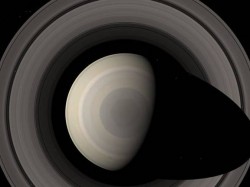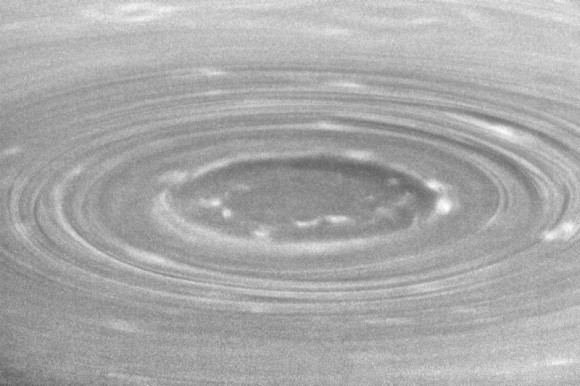[/caption]
It’s been a long-held belief that the Moon is hiding significant quantities of water ice, safe from the Sun’s ablative effects inside shady craters. One such crater is called Shackleton at the lunar South Pole and previous Moon missions have indicated it might hold a large reservoir of ice for all the water needs of future Moon colonists. Alas, the Japanese lunar mission Kaguya (or the Selenological and Engineering Explorer – “SELENE”) has taken a peek into the crater to find… nothing. At least, it hasn’t spotted any significant quantities of surface ice. So where does this leave future lunar colonies?
In 1994, the US Clementine lunar orbiter (a joint venture between NASA and the Ballistic Missile Defense Organization) carried out the “Bistatic Radar Experiment” which involved bouncing radio signals from the probe’s transmitter from the lunar poles. The reflected signal was then received by the Deep Space Network antennae on Earth. Scientists deduced from the reflected signal that volatile ices were present in the lunar regolith, most probably water ice. However, this claim was disputed after a similar experiment was done using the Arecibo radio telescope in Puerto Rico. This time, radio signals were reflected from regions on the Moon bathed in sunlight (where it would be impossible for water ice to survive) and identical results to the Clementine mission were found.
NASA’s 1998 Lunar Prospector also had mixed results. Using its Neutron Spectrometer (NS) instrument, the probe had detected large quantities of water, leading NASA to make the estimate that 3 billion metric tons of water ice was located at or near the surface of the Moon in its polar regions. However, when the mission ended in 1999, the Lunar Prospector was deliberately crashed into a crater in the lunar South Pole in the hope of kicking up a plume of lunar surface material and detecting water ice from Earth. Unfortunately, no water was discovered. (Out of interest, the Lunar Crater Observation and Sensing Satellite, set for launch in April 2009, has a similar suicidal goal to put a divot in the Moon.)
Now, using the Japanese lunar mission Kaguya, scientists have taken the opportunity to have a closer look into the Shackleton crater, the most likely candidate to have a supply of water ice shaded from the Sun. As there is no atmosphere (apart from some very tenuous outgassed chemicals), sunlight cannot be scattered into the bottom of the crater to illuminate its surface. However, scientists have taken images during lunar mid-summer when enough light is scattered off the crater’s upper inner wall to faintly brighten the darkness below.
Although it is very cold inside the crater (-183°C or -297°F), certainly ideal conditions to preserve ice, there is no visual evidence of any surface ice at all.
Although this isn’t great news for future lunar colonists, don’t pack up your Moon buggies quite yet. The Japanese team have concluded that although there is no visual brightening due to ice, water ice may be mixed in low quantities with the lunar dirt. Or there’s simply no ice in Shackleton crater. Either way, I wouldn’t suggest mounting a manned expedition to Shackleton any time soon…
Source: Space.com

